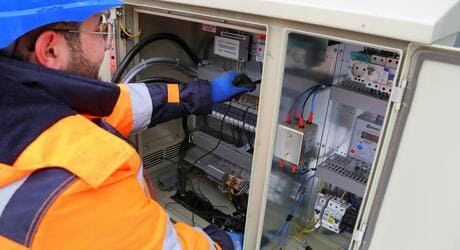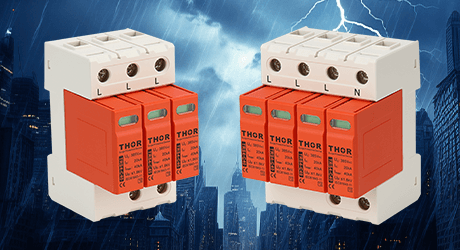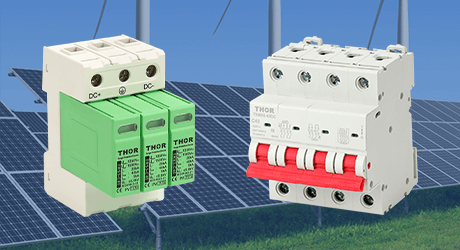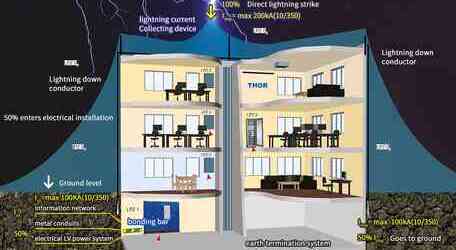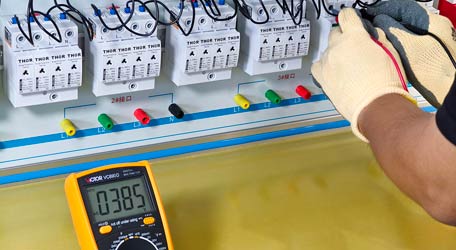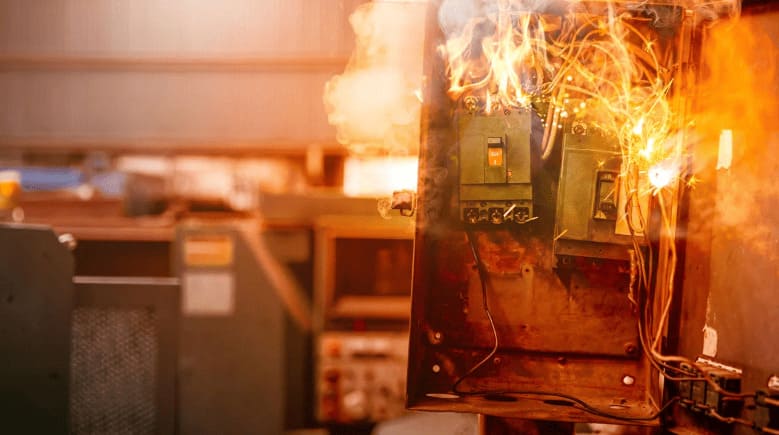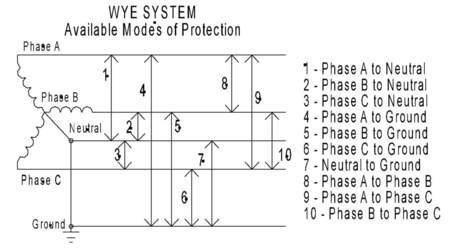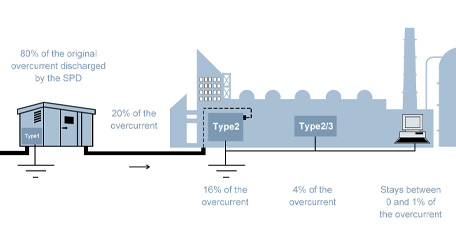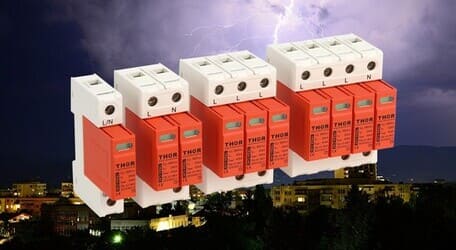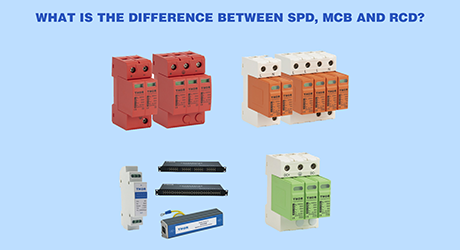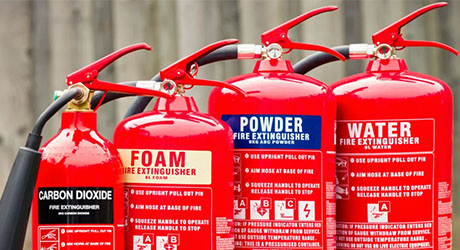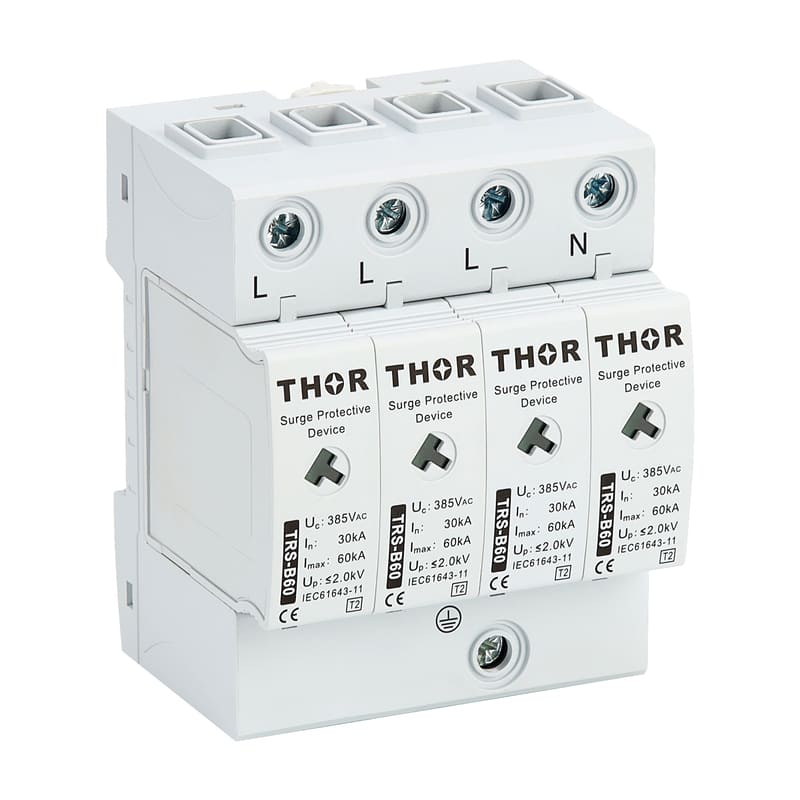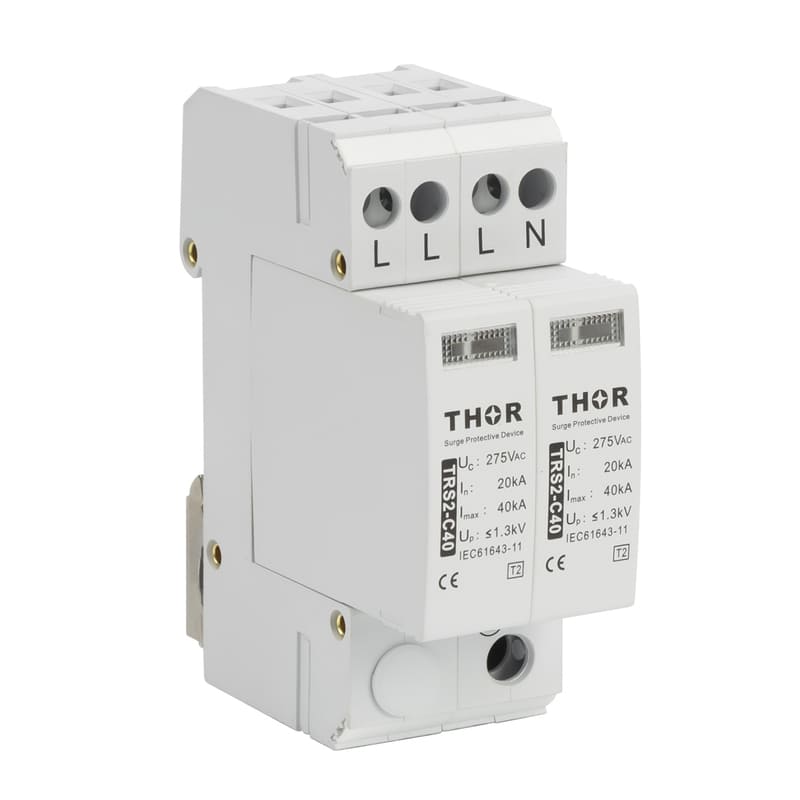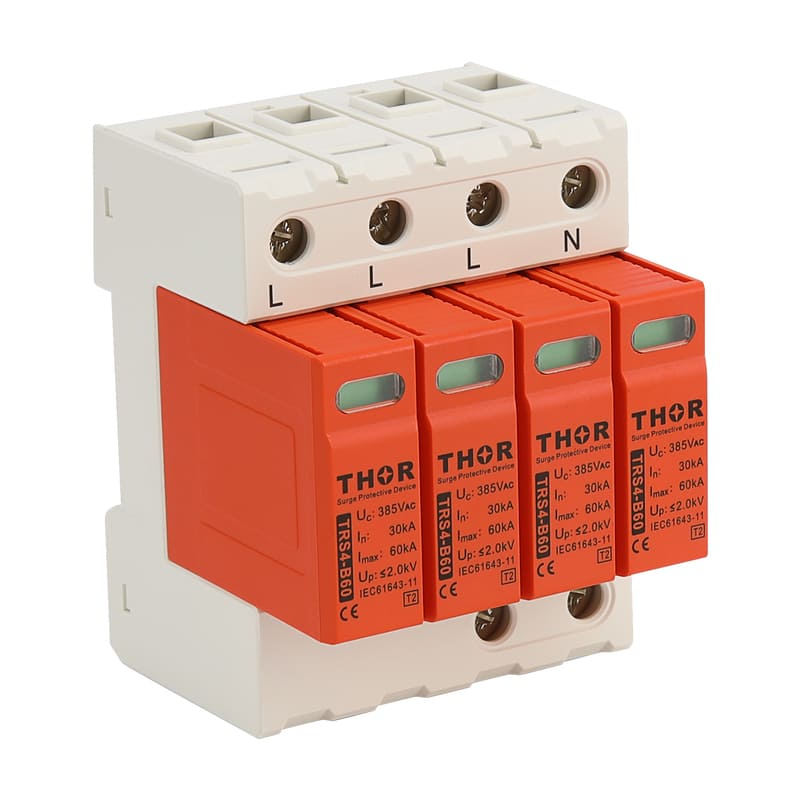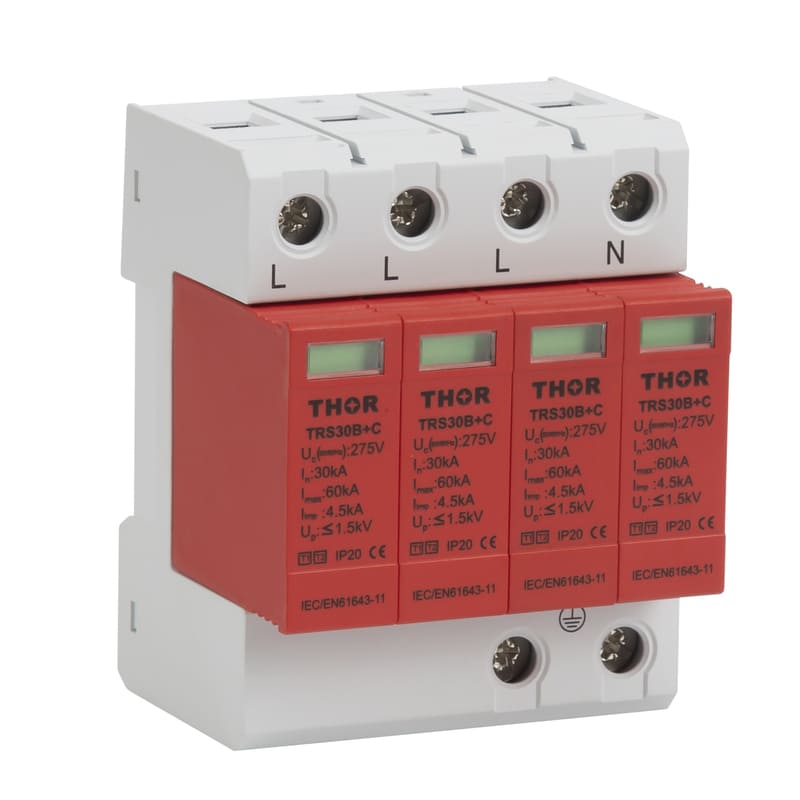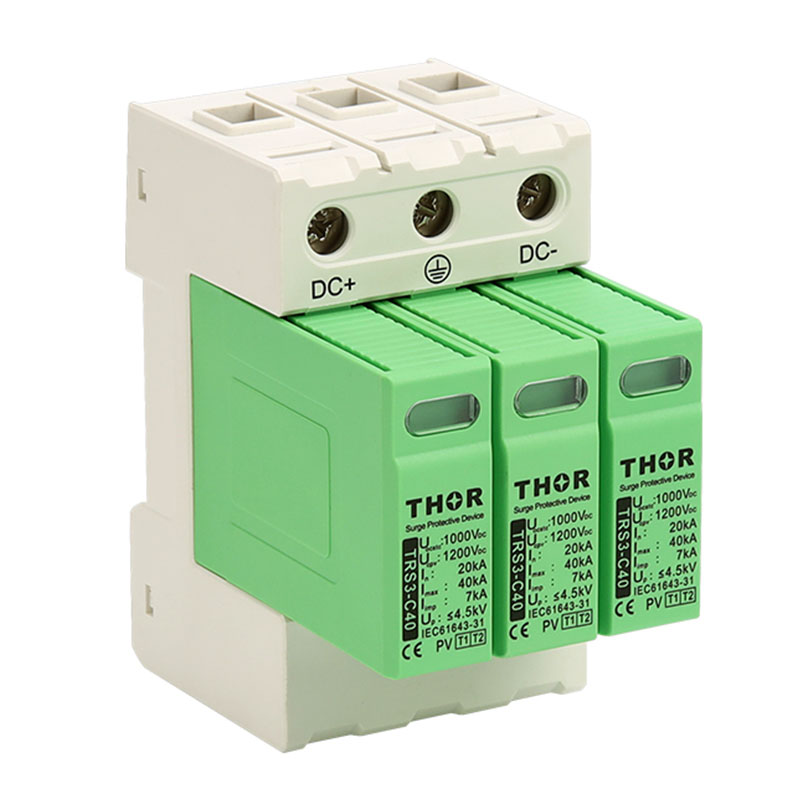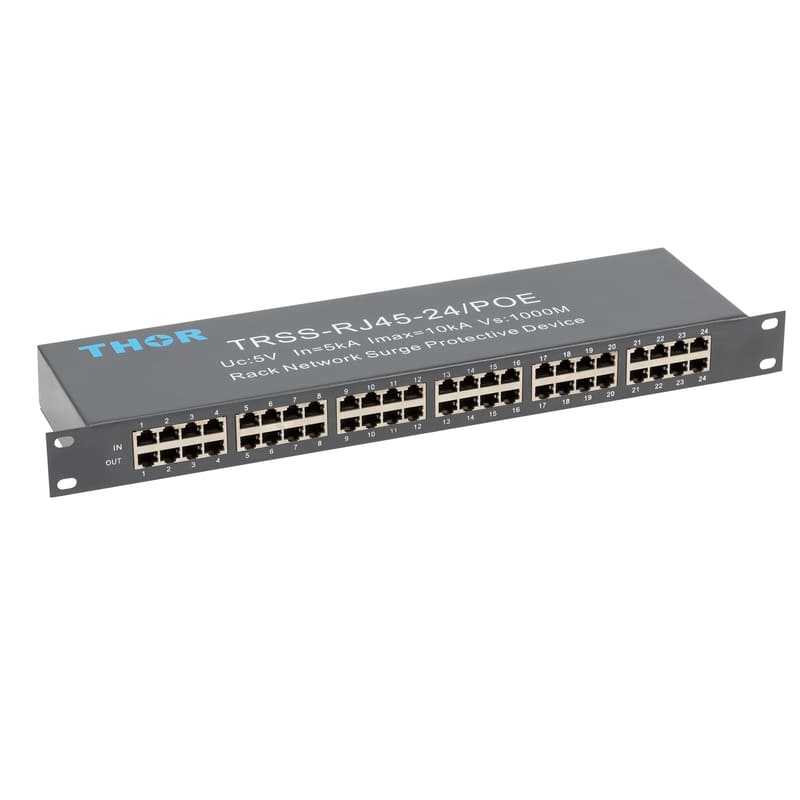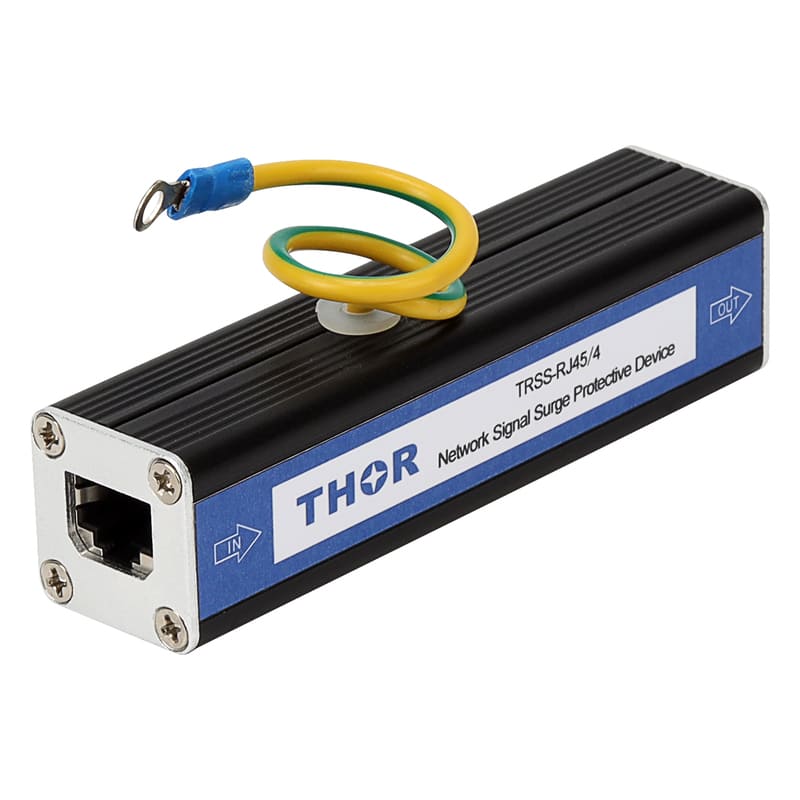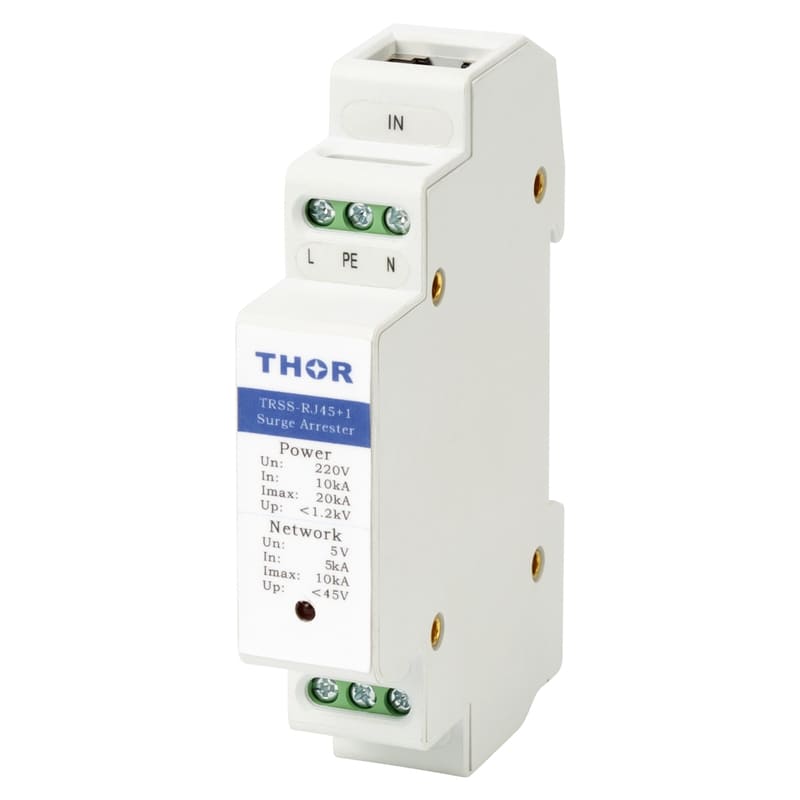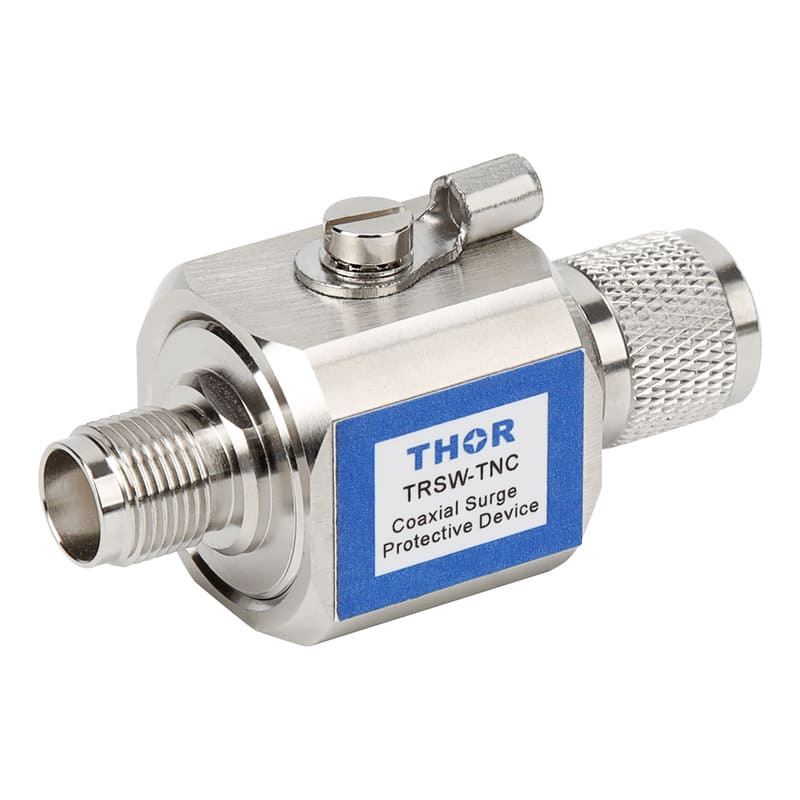The basic concept of lightning protection for transmission lines
Due to the large length of transmission lines, they are exposed to wilderness or mountains, so there is a lot of chance of being struck by lightning.
For a 100-km 110kV transmission line, the average number of lightning strikes per year is about a dozen in the medium landfall area. The operation experience also proves that the line accounts for most of the lightning accidents in the power system. Therefore, if the transmission line does not take lightning protection measures, it can not ensure the safe operation.
Lightning protection of transmission lines should generally follow the following four basic principles:
1. Ensure that the conductor is not struck by lightning.
For this can use lightning rod, lightning line or switch to cable;
2. If the first line of defense fails and the wire is struck by lightning, it is necessary to ensure that the insulation of the line does not have impact flashover.
Therefore, it is necessary to improve the grounding of lightning arresters, strengthen the insulation of lines appropriately, and use lightning arresters for individual towers.
3, if the second line of defense fails, the line insulation impact flashover, it is necessary to ensure that this flashover will not be transformed into a stable power frequency arc, that is, to ensure that the line does not occur short circuit fault, no trip.
Therefore, the power frequency electric field intensity on the insulator should be reduced or the neutral point of the grid should be grounded without direct grounding.
4. If the third line of defense fails and the line trips, it is necessary to ensure that the line runs without interruption.
It is necessary to use automatic reclosing device, double circuit or ring power supply.
Not all routes should have these four basic principles. When determining the lightning protection mode of transmission line, we should comprehensively consider the importance of the line, the strength of lightning activity, the characteristics of topography and landform, the level of soil resistivity and other conditions, and then take reasonable protection measures according to local conditions according to the results of technical and economic comparison.
Therefore, lightning protection of transmission lines is only relatively safe, that is, a part of lightning strikes are allowed to cause flashover of line insulators. Secondly, try to reduce the probability of building power frequency arc on the insulator, and then use automatic reclosing to reduce the number of lightning-induced outages to an acceptable degree.

